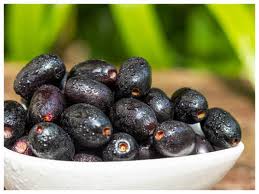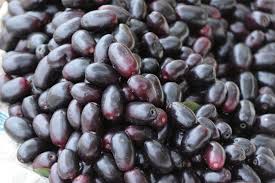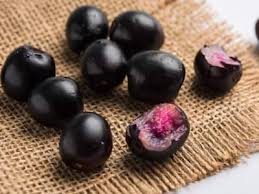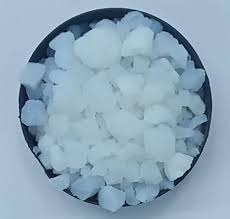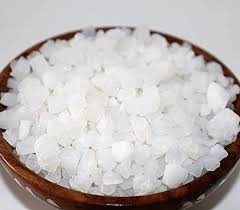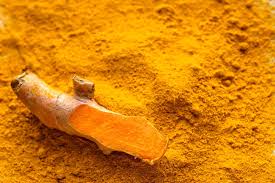
Organic vs Non-Organic Kaali Haldi: Which is Better?
Kaali Haldi (Black Turmeric) is a rare and powerful herb known for its medicinal, spiritual, and cosmetic benefits. In recent years, there has been a growing debate over organic vs non-organic Kaali Haldi. As awareness about chemical-free farming and sustainable practices rises, more people are seeking organic herbs for better health and safety. But is organic Kaali Haldi truly superior to non-organic varieties? Or are the differences less significant than they appear?
This detailed guide will explore the key differences, benefits, pros, and cons of both organic and non-organic Kaali Haldi. By the end, you’ll be able to make an informed choice that aligns with your health goals and budget.
Long Description
- Understanding Kaali Haldi
Before comparing organic and non-organic varieties, it’s important to understand what Kaali Haldi is.
Scientific Name: Curcuma caesia
Family: Zingiberaceae (Ginger family)
Color: Dark bluish-black inside
Uses: Ayurvedic medicine, energy healing, spiritual rituals, and natural skincare.
Kaali Haldi contains curcumin and other unique phytochemicals with anti-inflammatory, antibacterial, and antioxidant properties. It is traditionally used for pain relief, respiratory health, immunity boosting, and even warding off negative energies in spiritual practices.
- What is Organic Kaali Haldi?
Organic Kaali Haldi is grown without synthetic fertilizers, pesticides, or genetically modified seeds. The farming methods rely on:
Natural compost and manure instead of chemical fertilizers.
Biological pest control rather than synthetic pesticides.
Crop rotation and traditional farming techniques to maintain soil health.
No artificial growth boosters or preservatives.
Organic farming ensures the Kaali Haldi is free from harmful chemical residues, making it a safer and eco-friendly choice.
- What is Non-Organic Kaali Haldi?
Non-organic Kaali Haldi is grown using modern agricultural techniques, which may involve:
Chemical fertilizers for faster growth and higher yields.
Pesticides and herbicides to protect crops from pests and weeds.
Growth enhancers to increase production speed.
While non-organic farming can produce Kaali Haldi in large quantities, it often comes at the cost of chemical residues and lower soil fertility over time.
- Key Differences Between Organic and Non-Organic Kaali Haldi
Factor Organic Kaali Haldi Non-Organic Kaali Haldi
Farming Method Natural and chemical-free Chemical-based farming
Nutrient Content Higher in antioxidants and active compounds May have reduced phytochemical levels
Taste & Aroma Richer, more earthy flavor Mild or less distinct
Shelf Life Slightly shorter due to no preservatives Longer with artificial preservatives
Environmental Impact Eco-friendly and sustainable May harm soil and biodiversity
Cost Usually higher More affordable - Benefits of Organic Kaali Haldi
a. Higher Nutrient Retention
Organic farming preserves soil quality, which helps the plant absorb more minerals and active compounds.
b. No Harmful Chemicals
Free from pesticides and chemical residues, making it safer for long-term consumption.
c. Better Aroma and Taste
The natural growth process enhances flavor and potency.
d. Eco-Friendly
Supports biodiversity, reduces pollution, and promotes sustainable farming practices.
- Benefits of Non-Organic Kaali Haldi
a. More Affordable
Non-organic varieties are generally cheaper, making them accessible to more people.
b. Longer Shelf Life
Preservatives help keep the product fresh for longer periods.
c. Easy Availability
Due to mass production, non-organic Kaali Haldi is more widely available in the market.
- Potential Downsides of Organic Kaali Haldi
Higher Price: The farming process is more labor-intensive and yields are smaller.
Limited Availability: May be harder to find in some regions.
Shorter Shelf Life: Without preservatives, it can spoil faster if not stored properly.
- Potential Downsides of Non-Organic Kaali Haldi
Chemical Residues: Can contain traces of pesticides and fertilizers.
Lower Potency: Overuse of chemicals can reduce the natural strength of active compounds.
Environmental Harm: Chemical farming can damage soil health and biodiversity.
- How to Identify Organic Kaali Haldi
If you’re buying organic Kaali Haldi, look for:
Certified Organic Labels from trusted organizations.
Rich Aroma and Color — darker and more vibrant.
Trusted Sellers who provide sourcing details.
Short Ingredient List — no artificial additives.
- Which One Should You Choose?
The choice between organic and non-organic Kaali Haldi depends on your priorities:
If health and purity are your main concerns, go for organic.
If budget and availability matter more, non-organic may be a better choice — but buy from reputable sellers to ensure quality.
- Storage Tips for Both Varieties
Store in an airtight container away from moisture and direct sunlight.
For organic Kaali Haldi, consider refrigeration to extend shelf life.
Avoid plastic bags; use glass jars or steel containers.
- Final Thoughts
Both organic and non-organic Kaali Haldi have their pros and cons. While organic is the healthier and eco-friendly option, non-organic may still offer benefits if sourced responsibly. For maximum wellness, choose the variety that aligns with your health needs, budget, and ethical values



